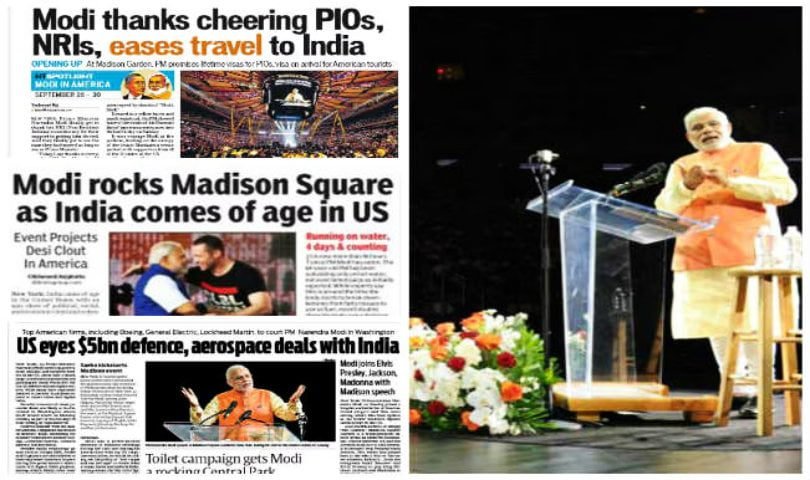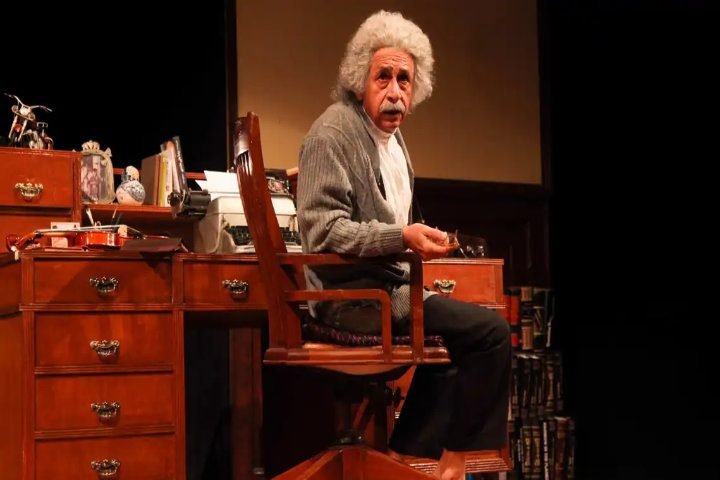- What is culture?
- Dimensions of Culture
- Culture and Identity
- Culture and Mass Media
- Media as Vehicle of Cultural Transmission
- Media Representations and Stereotypes
Media Representations and Stereotypes
Media portrayals of communities, identities, and cultures greatly impact how people think about and follow social rules. On the other hand, these portrayals hide complicated webs of bias, stereotype, and prejudice below the surface.
In This Article
Therefore, to understand the complex subject of representation and stereotyping in the media, it is important to analyze its implications and complexities.
Understanding Representation in Mass Media
The way different communities, groups, and nations are shown in the media is called representation. It’s important to understand that the media affects how we see the world, the gender roles in our society, and the personal identities within a culture. Sadly, these portrayals aren’t always true. They frequently consist of made-up stories that consider factors like cultural biases, power dynamics, and commercial interests.
A research paper titled ‘US national interests and framing India in the US press during and after the Cold War’, by Abhijit Mazumdar, an assistant professor at Park University in the United States, analyzed hundreds of The New York Times and The Washington Post news articles about India, to conclude that the US media portrayal of India mirrored United States governmental policies on India and showed that US foreign policy has a major impact on the US media’s international reportage.


- Female characters had more on-screen time than male characters
- While female names are mentioned more often in dialogue than male names, unique male names outnumbered unique female names
- Young adults (18–33 years old) are seen on screen the most
- Characters with lighter skin tones were shown 8x more on screen than characters with medium or dark skin tones
- When shown on screen, female characters tend to be younger and have lighter skin tones than male characters
- Tamil and Telugu-language TV shows present a wider range of skin tones
The Power of Stereotyping
Stereotyping is a common problem in the media. It happens when people or groups suffer from prejudice and are unfairly portrayed because of certain characteristics.
These stereotypes may allow false assumptions, promote inequality, and force some groups and individuals to the edges of society. They also shape societal attitudes and perceptions, affecting how people connect and see each other.
Let’s discuss stereotyping in advertisements in India. To sell goods and services, advertisements present them in a creative and attractive manner to influence customers. In doing so, advertisements propagate certain social, cultural, and ideological value systems within society. Most of the time, this act is dependent on the market space. Directly or indirectly advertisements inculcate right or wrong systems of thoughts and beliefs in the customers’ minds.


Fair and Lovely advertisements are probably the most stereotypical, with slogans like “best ever nikhar” and “fairness in 7 days,” “fairness cream,” and so on. That shows that all girls should be fair in looking beautiful and confident, implying that girls with darker skin tones are not confident or good-looking. A similar product called Fair and Handsome for Men delivers the same message.
The adverse effects of these ads are seen prominently in this era. Every girl wants to look fair because that’s become her idea of beauty, too. Society calls a fair girl beautiful. These ads demotivate people with darker skin tones. So many creams, soaps, and face wash ads have stereotypical scripts. They always consider that beauty lies in fairness, and a fair skin tone is the key to one’s confidence.
Most advertisements for cars or automobiles feature only men as drivers. Implying that a car is only meant for men, and that they are the target audience is again a stereotype. A woman is hardly seen driving in an advertisement.


Ads for home appliances like freezers, washing machines, and mixer grinders only show women as buyers. This makes it seem like women should be at home doing all the work. These ads sometimes show men, but the men never seem to use the products in the ads. The men are usually seen standing with their wives, using the appliances. This tells the audience that women are meant to do this and men are meant to do that.
Gender representation is crucial in advertisements, as it tends to stereotype gender roles. Marketing advertisements in India have become increasingly focused on gender roles, family hierarchy, and traditional marriage practices.
However, a few advertisements challenge stereotyping gender in the Indian context. With their unique message, these advertisements aim to break away from the conventional approach typically used in Indian advertisements.

The Impact on Culture
Culture and the media go hand in hand. Media affects and shapes societal identities, values, and norms. However, biased or stereotypical representation changes our thoughts about different cultures, spreads misconceptions, and harms cultural diversity.
This not only lowers people’s self-esteem and feelings of belonging, but it also impacts progress in society toward inclusivity and acceptance.
Fighting stereotypes and promoting true and diverse representations in the media are very important. This means asking for real stories, giving minorities a voice, and holding media outlets accountable for their portrayals.
Supporting media literacy and encouraging critical thinking will help fight stereotypes and demand more inclusive narratives.
It is essential for content creators, journalists, and media professionals to be mindful of the impact their work has on shaping societal norms and attitudes. By promoting diversity, authenticity, and inclusivity in media representation, we can contribute to a more equitable and just society.
The CUET UG 2024 Mass Media and Communication syllabus contains this topic under the Communication section.




